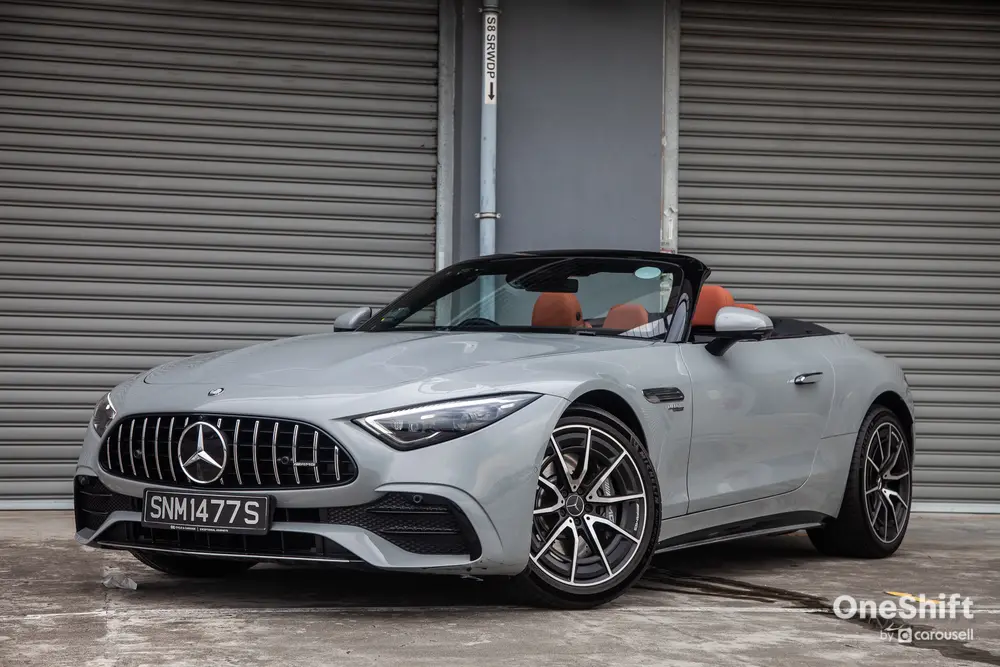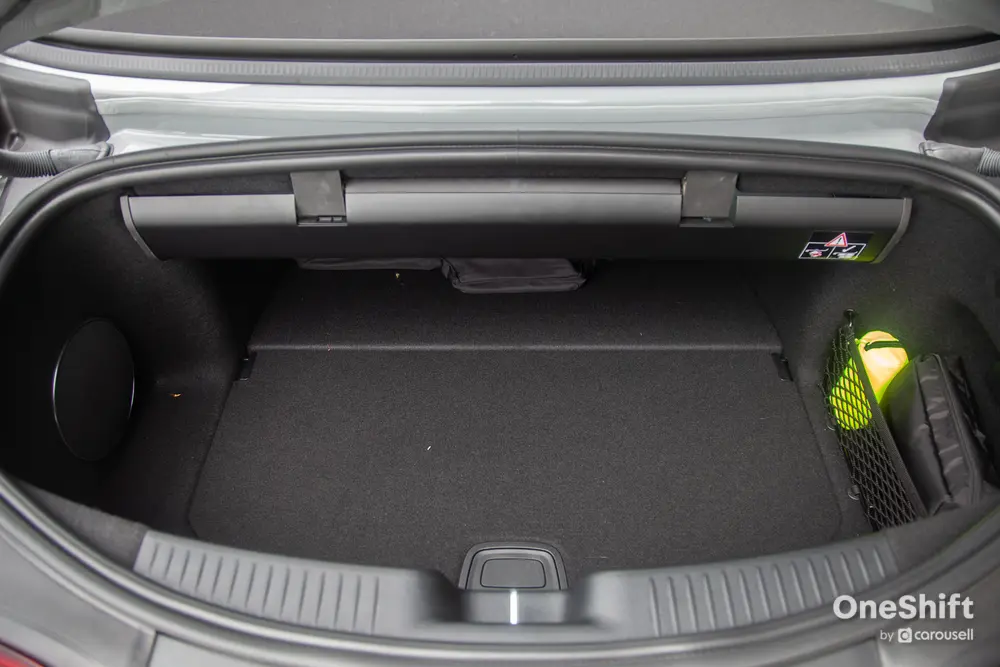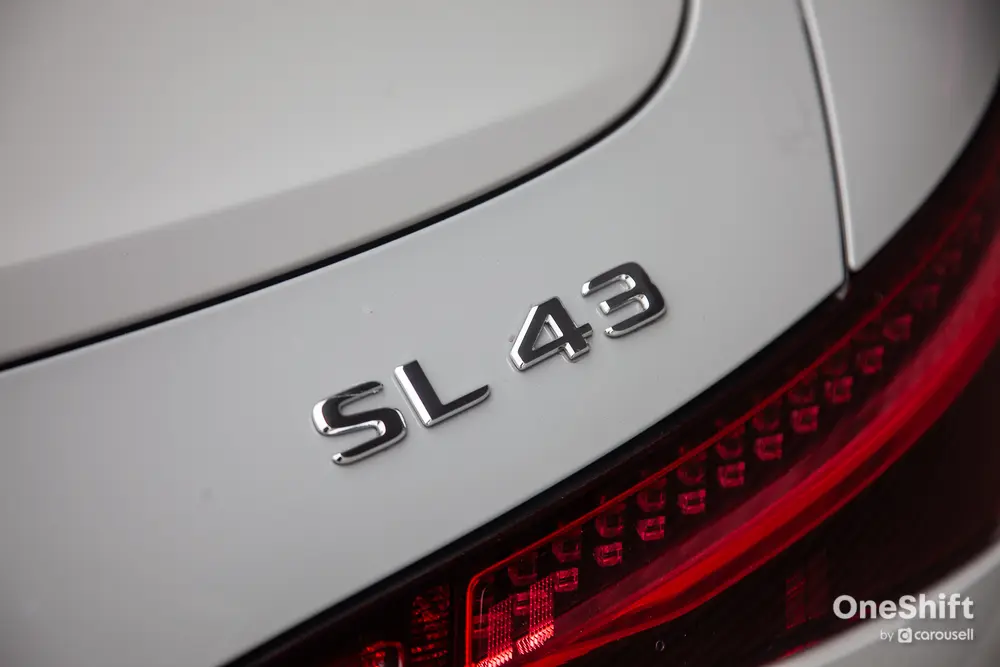Mercedes-Benz SL 43 AMG Review: Downsizing with Class
An SL with a 2-litre engine sounds ridiculous, but it works - mostly.







I had a R107 SL with a small block 3.5-litre V8. I loved how that car drove - when it was working. After sampling a litany of Mercedes-Benz cars across generations beyond my own SL, I am of the opinion that the Sonderklasse level cars, including the SL, are best sampled with a V8.
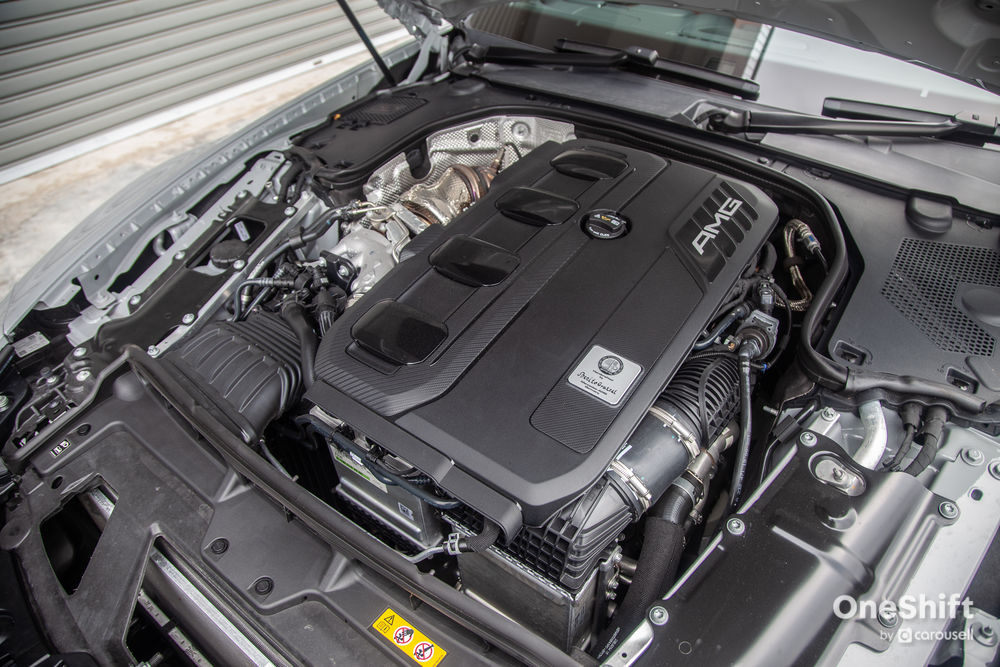
So when faced with the SL 43 that’s shoehorned with a 2-litre engine from the A45 hot hatchback, I look at it with some scorn. How is that going to live up to the SL and the AMG nameplate?

Well, for one, the engine isn’t a cut-and-paste from other Mercedes-AMG models. The handcrafted M139 engine features an electric exhaust gas turbo in the SL 43, which you don’t find in other M139s. Said to be derived from F1 technology, the turbo is operated via the 48-volt electrical system which also powers the belt-driven starter generator (RSG). Essentially, an electric motor primes the turbo before exhaust gases do, reducing turbo lag and improving response. The result is 375 hp and 481 Nm, numbers that we see more in a V6 or V8 instead. Now that sounds a lot more interesting.

There’s no question that the SL 43 is powerful. In fact, the shove that comes when boost is dialled up is really a tsunami of torque. However, progress generally is less smooth than in the SL 55 as there are always going to be tradeoffs when you extract monumental power from a small engine. As much as the electric motor assists the turbo, the latter is still subject to huge boost pressure and takes time to spool up. That said, in-gear acceleration is where the drivetrain is most potent, as the car responds in an almost rabid fashion with the turbo already primed. Also, the RSG does an excellent job of allowing the SL 43 to glide and start-stop smoothly.
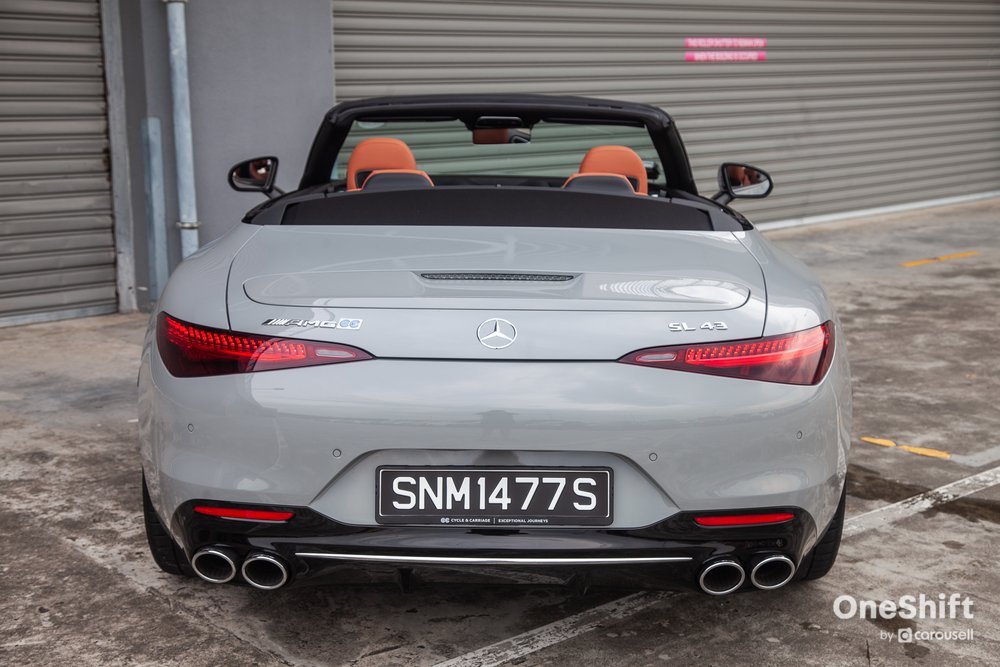
The AMG 9G MCT is exactly the same one used in the SL 55 and has a wet start-off clutch instead of a torque converter. Curiously, it felt best paired with the bi-turbo V8 which seemed to work together in harmony. It is less so in the SL 43, and I suspect it’s because it’s not as easy to manage all that varying boost pressures of the engine. The actual gear changes are very fast, but the gearbox is not as quick to respond to inputs.
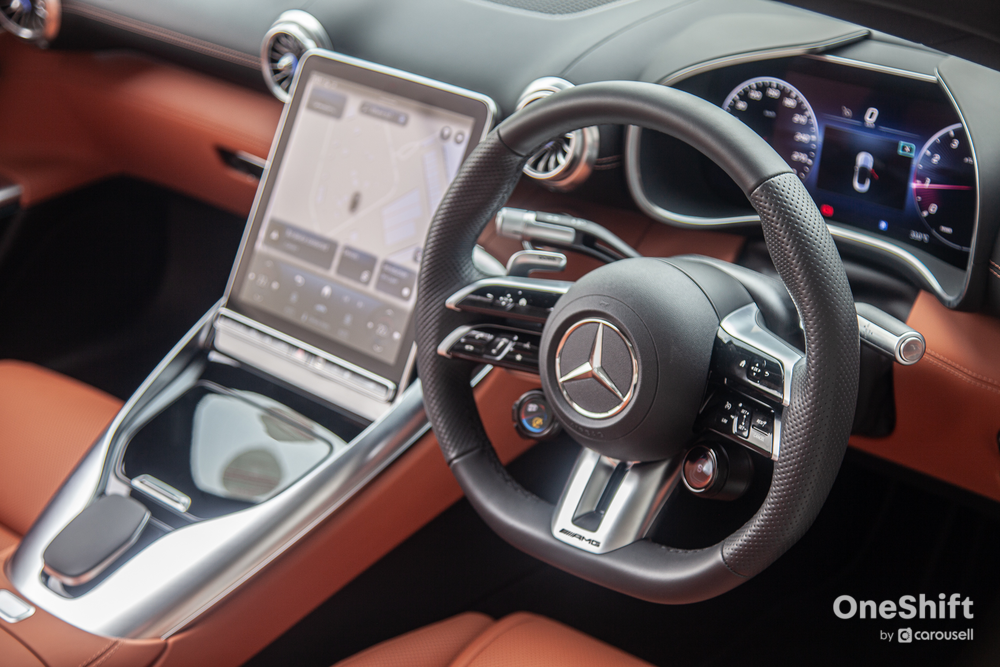
Roadholding was impressive in the SL 55 and it is pretty much the same story in the SL 43 with meaty steering, front and rear multi-link suspension made of forged aluminium and lightweight coil springs that are glued to the spring pad (preventing wear and tear). There is a tautness that you simply don’t find in the previous generation, giving immense confidence when you really push on.
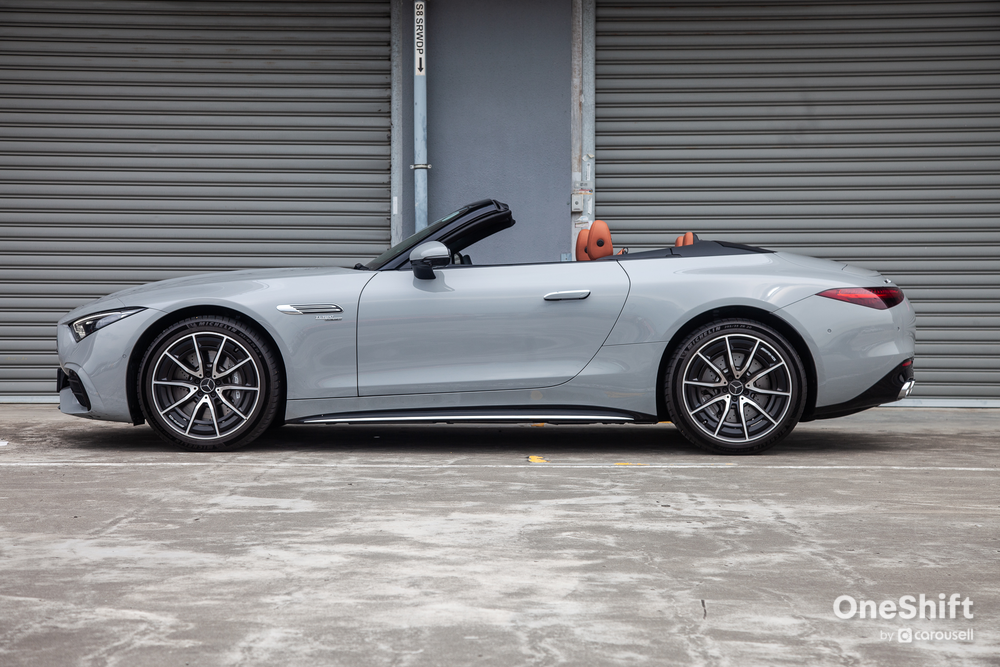
Like the SL 55, the SL 43 is designed ground-up by AMG. Constructed on an aluminium space frame, it allows 2+2 seating for the first time since the R129 SL. Although rear seat space is still compromised, this to me is still a huge plus for the SL as it can be enjoyed by more people at the same time - especially kids. Despite the increased practicality, the torsional rigidity has increased by 18% versus its predecessor.

Only an expert could tell the difference between the SL 43 and SL 55/63 visually, which centres upon the front fascia, rear apron and round tailpipes. Everything else is identical, including the 21 kg lighter electric soft top (versus the predecessor’s metal folding roof) and the interior that’s both digital as well as analogue (at least geometrically).

On our island with a punitive road tax system, the SL 43 certainly is a tempting proposition for our congested city roads, especially when it also saves you $157k from the SL 55. As it turns out, the SL 43 still feels like an AMG, even with a 4-cylinder engine. But more so, the million dollar feeling when the top is down is still present and correct, earning the car its SL badge.
Photos by James Wong
---
Sell your car to us for up to $5,000 more than market prices. Get a quote now!


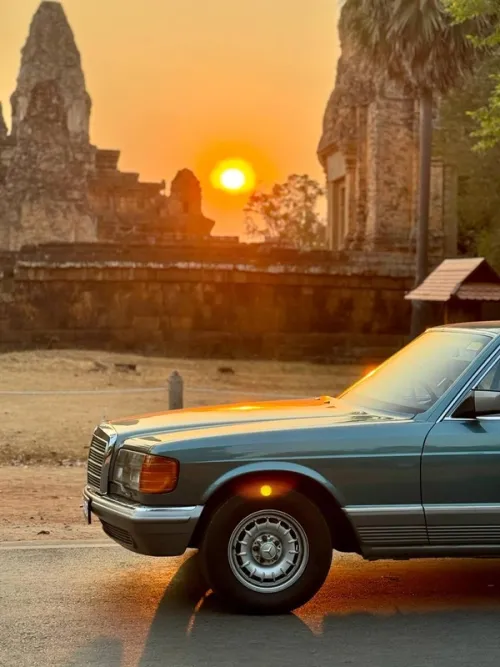
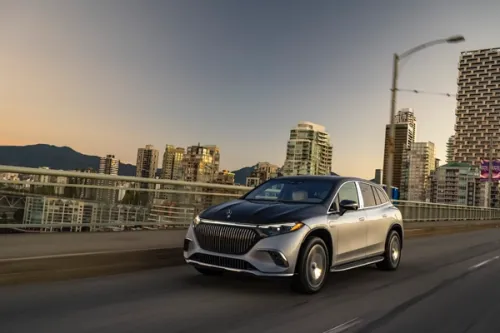
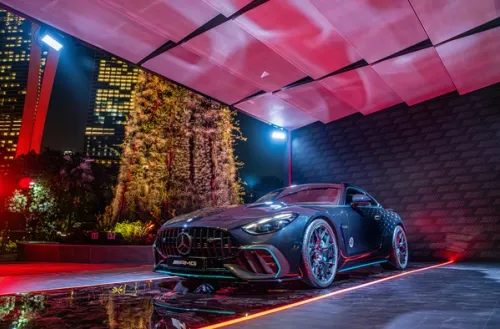
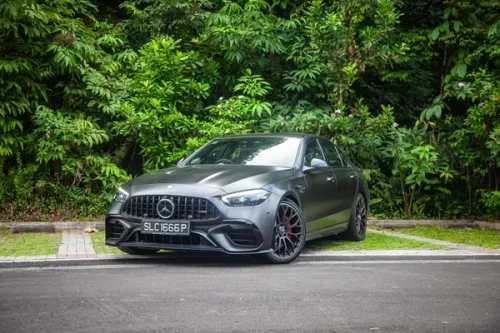


Get the Best Price for your used car
from 500+ dealers in 24 hours

- Convenient and Hassle-Free
- Consumer Protection
Transparent Process
With No Obligation
